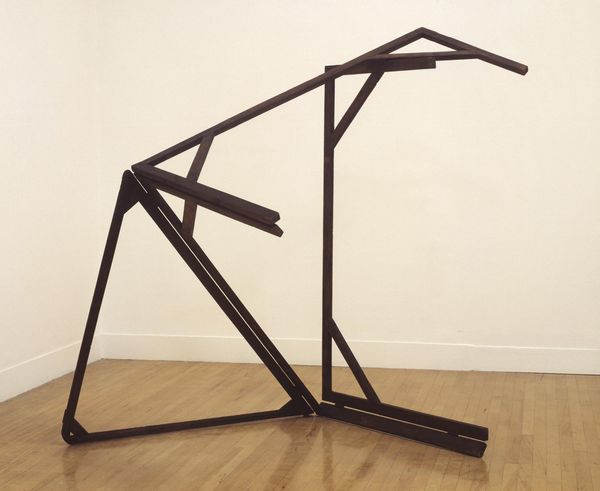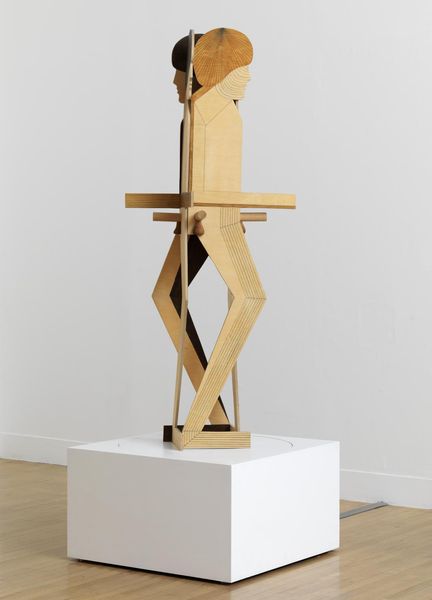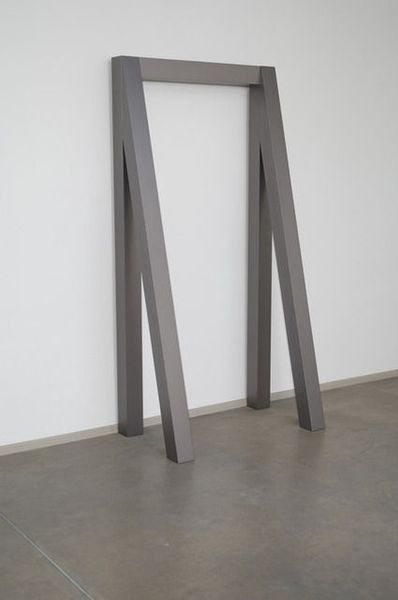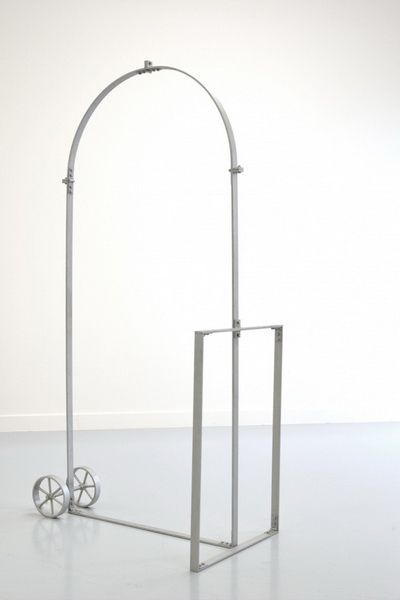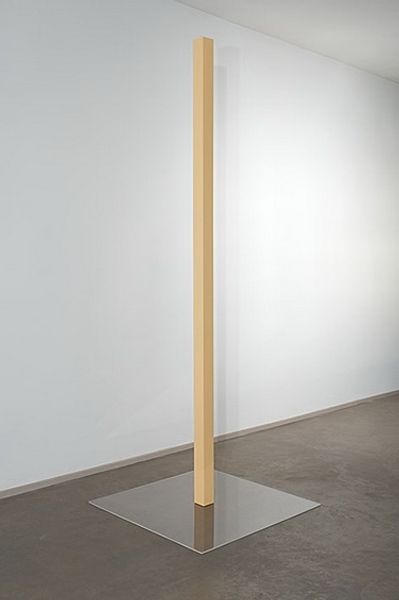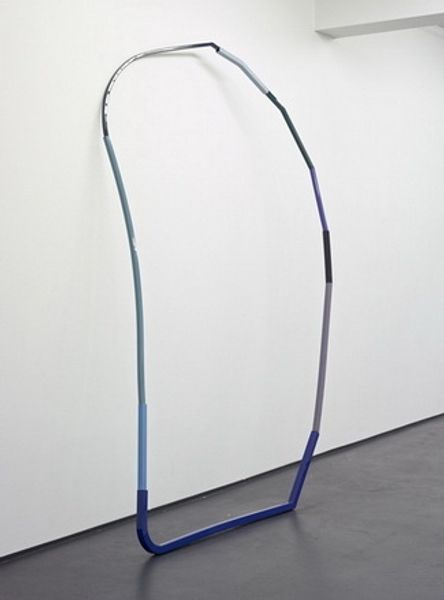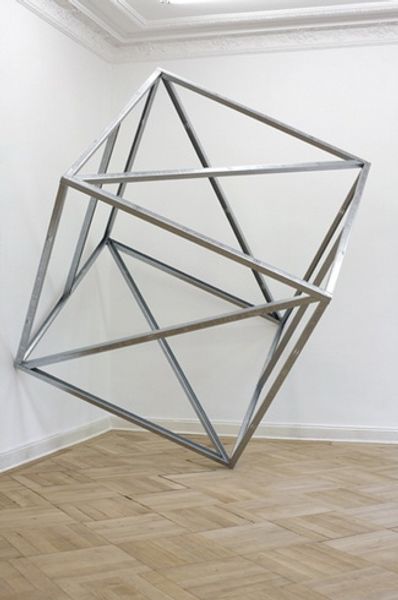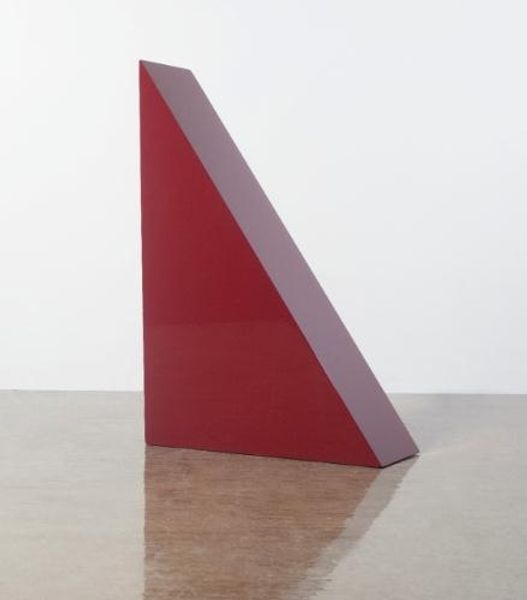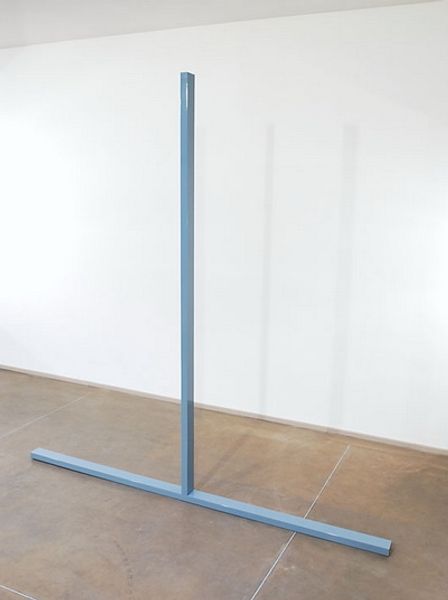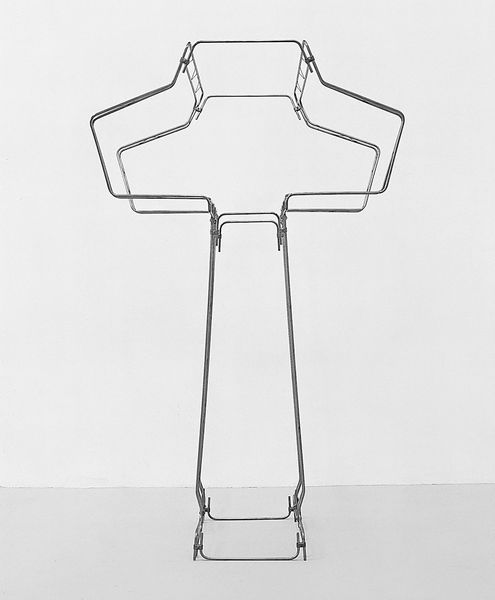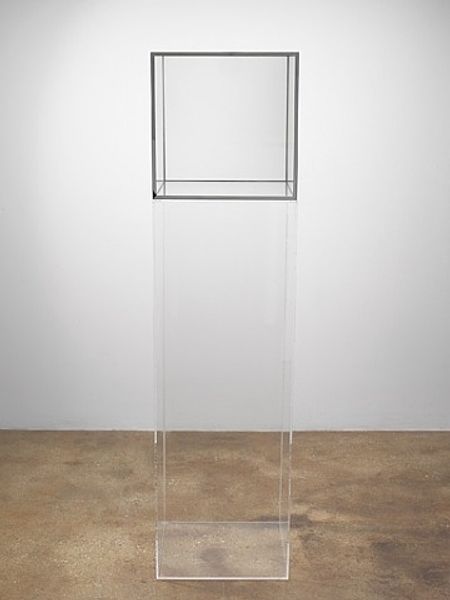
Dimensions: object: 2210 x 1410 x 50 mm
Copyright: © Michaelangelo Pistoletto | CC-BY-NC-ND 4.0 DEED, Photo: Tate
Editor: This is Michelangelo Pistoletto's "Door," a striking yellow object. The off-kilter angles create a sense of unease. What symbolic meaning do you see in a door that seems slightly ajar? Curator: The door, in its very essence, symbolizes transition and possibility, but consider that yellow is often associated with intellect, energy, and betrayal. What do you feel when you consider this door as a cultural passage? Editor: It feels like a warning, that easy access may not be the best path. Curator: Exactly. The seemingly welcoming door may also be perceived as a trap. It is a testament to the rich and ever-shifting cultural memory embedded within seemingly simple objects. Editor: It's fascinating how much meaning can be packed into a single doorway. Curator: Indeed, it leaves much to contemplate about entrances, exits, and our cultural baggage.
Comments
Join the conversation
Join millions of artists and users on Artera today and experience the ultimate creative platform.
tate 6 months ago
⋮
Door is one of five furniture sculptures in Tate’s collection (T12187–T12191) by the Italian artist Michelangelo Pistoletto. Despite the prosaic title, this door and its frame take an unconventional form. The door resembles two triangles which interlock to create a shape similar to a huge, upturned bow. It is narrow at its centre and with a wide upper frame and threshold. Its frame is similarly altered and both door and frame are coloured bright yellow. The door is made of plywood laminated in plastic and has a brass door knob. Measuring over two metres in height, it stands open at a forty-five degree angle, wide enough for a person to walk through.

